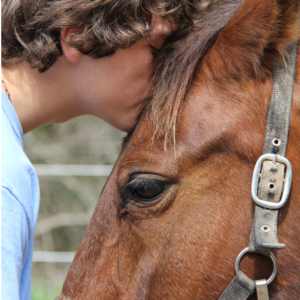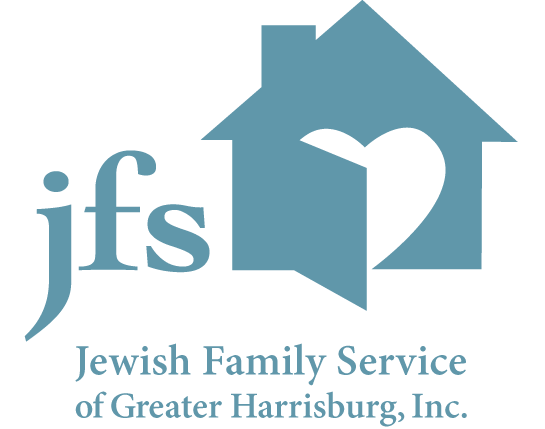Of course we all know about emotional support animals. Equine Assisted Psychotherapy, or EAP, takes this to the next level. First of all, you need a horse. Then you need to be outside to engage all your senses and dive deep into the peace of the outdoors. Next, you need a trained Equine Assisted Psychotherapist. And of course a curious and willing client: your child perhaps?
 Horses
Horses
Why horses? Horses, believe it or not, are animals of prey. Their natural predators are cougars, wolves, and bear. Flight is their main safety defense. Horses can run fast! Perhaps like your child, horses are hyper-vigilant to their surroundings, making them quite sensitive to others around them, and easy to relate to. A horse may mirror your child’s own trauma responses. This similarity is soothing and powerful for children from a traumatic background. The horse matches the child’s emotions and they can talk about the horses’ feelings and reactions instead of their own. Clients can talk through the horse at EAP. Instead of talking about their own abuse, they can talk about the horses experience. This makes it easier to process hard feelings yet it is powerful and healing. Moreover, if your child is upset or angry during the EAP session, the horse will walk away-if not run-from your child due to fear. This is a great way to teach your child to understand how others feel when they have an outburst. It can help them gain self-regulation by understanding their effects on the horses and ultimately other humans. Processing feelings and trauma through horses is at the heart of Equine Assisted Psychotherapy.
It’s NOT Horseback Riding
You may have heard of Therapeutic Horseback Riding. This type of recreational riding grew in popularity in the in the 1950’s and 1960’s. Therapeutic riding is designed for those with Special Needs to develop better cognitive, physical, and emotional skills as well as increased social well-being. Then there is Hippotherapy which integrates physical, occupational, and/or speech therapy into horseback riding. As Hippotherapy is a medical treatment, it focuses on specific patient outcomes. A doctor’s prescription is required and treatment and is generally covered by health insurance. Equine Assisted Psychotherapy is different from both of these. Clients do not ride on the horse. Instead, one feeds, grooms, pets, leads, interacts and talks with the horse under the guidance of a trained equine assisted mental health therapist. Depending on the client’s goals, each therapy session is unique. Being outside allows a freedom that typical therapy does not. Talking through the horse, to the horse, or not talking at all can be perfect for some children in processing their tough past and in offering true healing.
Trust
Children who come from trauma are naturally untrusting of adults. Unfortunately their experience with adults has taught them that not only is the world an unsafe place but most adults are as well. Here is where the magic of horses comes into play. Horses can provide an alternative to the adult in helping the client to feel safe. Yes, there is an adult therapist present, but the horse provides a buffer zone. Horses offer a sense of peace with no judgement. Typically horses are calm and this too can help the child to open up due to feelings of safety.
EAP can help clients learn how to develop a sense of trust through their interactions with the horses as they gain a sense of safety and build a relationship. The experience can encourage clients to be vulnerable as they learn new things and interact with the horses.
 Learning Through Play
Learning Through Play
As Mr. Roger’s proclaims, children learn best through play. And although EAP is not play, it certainly is not conventional therapy. To a child, hanging out with horses may feel like play. The promise of EAP is that it can touch children where other therapies have not. Equine Assisted Psychotherapy specializes in helping clients heal from trauma, develop better self regulation skill, increase self esteem, and build clients’ distress tolerance. Sometimes this alternative intervention is just what children need. For trauma is tricky! It lives in the body and some children may not respond to talk therapy. It appears that the horses can go in through the back door, reach children’s trauma, and make a positive change all while the child thinks they are simply interacting-playing– with horses. It’s a promising new intervention.





